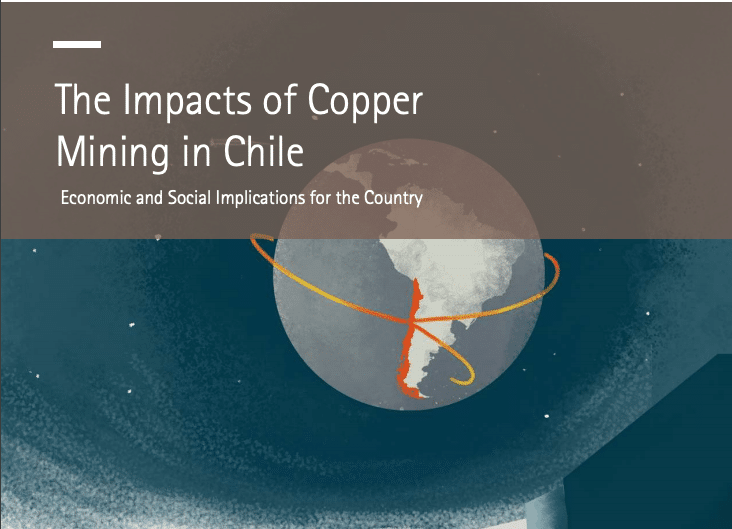In the early ’90s, Chile had the perfect climate for economic prosperity, one in which the mining sector could play a significant role. Chile’s institutional and political reforms allowed the copper mining industry to become a key driver of economic growth—helping the country make an unprecedented jump onto the world stage.

Fast forward three decades and Chile has established copper mining as a central pillar of sustainable-economic development, representing 10.9 percent of the country’s GDP, providing an average of 7.8 percent of tax revenue and 388,754 jobs for Chile. For every $100 contributed by mining to the economy, at least another $36 is generated indirectly. When it comes to water, the mining industry represents 3 percent of national consumption.
As a direct result of the natural resource export model, by 2016 less than a third of the population was below the poverty line, income quadrupled, and Chile became one of the two highest-income Latin American economies.
As of 2017, Chile was the largest global copper producer and was ranked sixth in the world in terms of total mining production, after Australia, China, Russia, South Africa and the United States.


